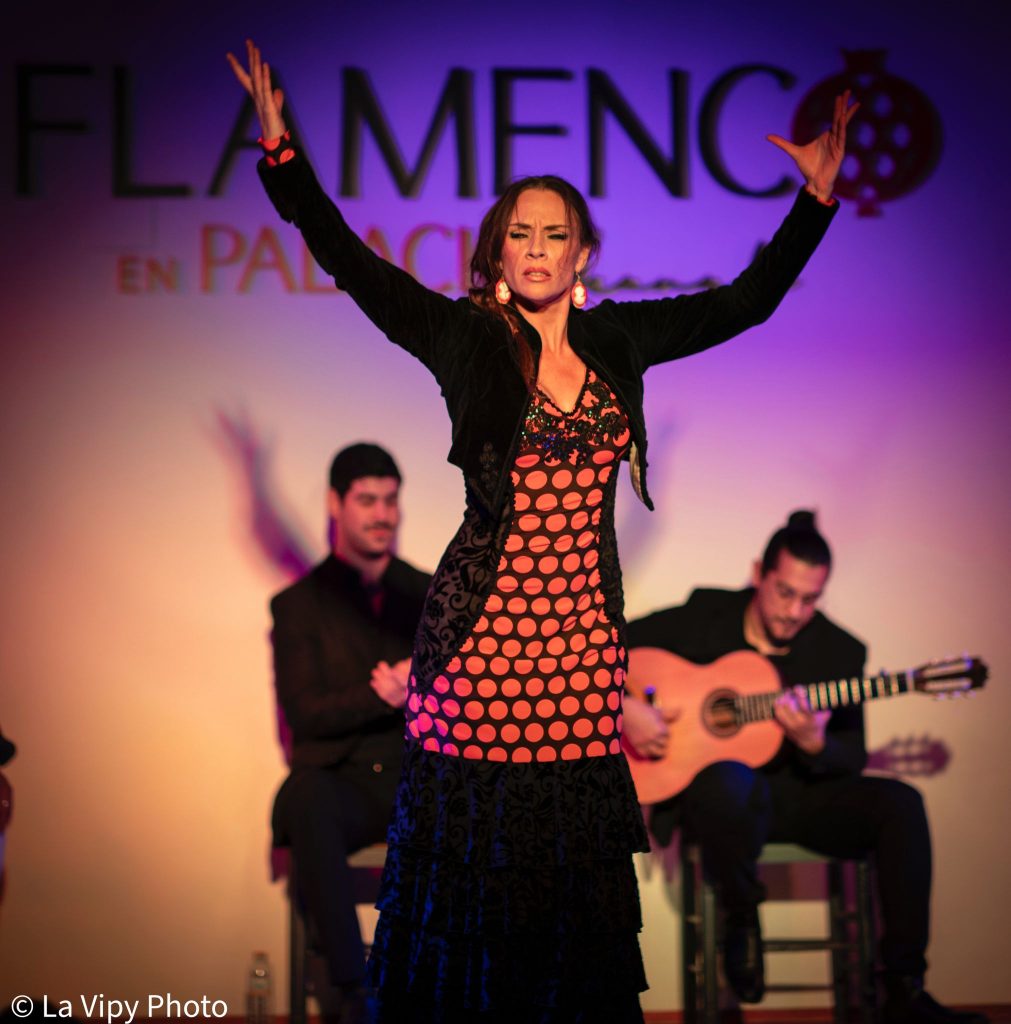The flamenco tablaos that exist today are a direct inheritance from the old singing cafés . These cafes emerged at the end of the 19th century and the beginning of the 20th century. These places were known for having a lively atmosphere and their birth is due to the significant demand that there was at the time from foreigners for shows where the essence of our country could be appreciated.
The interest that visitors had in learning more about our most artistic expression made flamenco performances gain popularity, thus increasing the number of venues of this type that were created imitating the show cafes of Paris.
In them you could enjoy shows from a wide range of musical genres such as zarzuela, cuplé or popular song, but it was flamenco that became the main attraction.
The rise of the singing cafés represented a true revolution in the world of flamenco , thus moving them from the private to the public sphere. At first, flamenco singing and dancing performances were held around parties or private celebrations; the birth of these venues was essential to give visibility to the art of flamenco.
This fact also gave rise to the consolidation of the profession and the birth of great figures of this art, since it was thanks to the singing cafés that flamenco began to be known, valued and exported outside our borders.

Flamenco in the Singing Cafés
As we have mentioned previously, the first singing cafés were born in what is known as the Golden Age of Flamenco . It was during this period that the art of Flamenco evolved in each of its facets, both in dance, singing and music. They were also important years in which the styles and forms of flamenco art as we know it today were established.
The discipline that benefited the most was undoubtedly dancing, since at first singing took precedence in most of the performances, but little by little dancing became the great attraction for those attending the singing cafes. The passion and emotion that the dancers exuded was something that could not go unnoticed by the public.
In addition, new elements were incorporated that further enriched the aesthetics of flamenco dancing, such as the bata de cola, which provided more elegance and spectacularity to the dancer’s performance. The shawl and hat were also added, elements that accentuated and added grace and charm to the artistic expression of the dancers. The guitar was another element that evolved and gained greater visibility; it became the key accompaniment for the singing and dancing of that time.
The most popular dances in the singing cafés were the festeros, the flamenco tango, the alegrías, the soleá or the tientos.

From Café Cantante to Tablao Flamenco
In the 1920s, the singing cafés began to decline. The appearance of cinema and radio contributed to the fact that the influx of public in these establishments began to reduce significantly. However, in the 60s they re-emerged but this time as flamenco tablaos, direct heirs of those venues where duende was breathed.
Although there are many flamenco tablaos in different corners of the world, there are places that are essential to go to a flamenco tablao, such as Granada , a city that has had a love affair with this art for centuries.
Among them, Flamenco en Palacio stands out , a tablao located in the emblematic Palacio de los Olvidados and which is located on the Cuesta de Santa Inés, in Albaicín Bajo , the neighborhood with the greatest history and charm of Granada and which was declared World Heritage. Humanity in 1984.
If you want to feel and live Flamenco in all its essence, we recommend that you book your ticket to live a unique experience.

